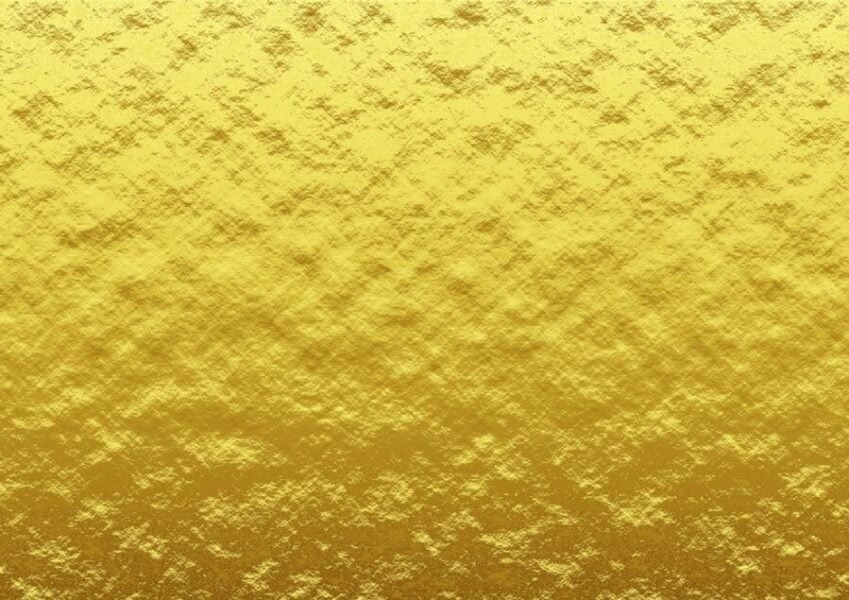The age-old alchemical dream of turning lead into gold has quietly become reality at CERN’s Large Hadron Collider (LHC), though not in a way that would have made medieval alchemists rich.
In findings published May 7 in Physical Review C, the ALICE collaboration has measured and quantified the transformation of lead into gold during high-energy collisions at the world’s largest particle accelerator.
“It is impressive to see that our detectors can handle head-on collisions producing thousands of particles, while also being sensitive to collisions where only a few particles are produced at a time, enabling the study of rare electromagnetic ‘nuclear transmutation’ processes,” said Marco Van Leeuwen, ALICE spokesperson.
Unlike the chemical processes attempted by medieval alchemists, this modern transmutation occurs through nuclear physics. When lead nuclei at the LHC pass extremely close to each other without actually colliding – in what scientists call “ultraperipheral collisions” – they generate intense electromagnetic fields that can knock out protons from the lead nuclei.
The removal of exactly three protons from a lead nucleus (which contains 82 protons) results in gold (which has 79 protons). The measurements show this process happens surprisingly often.
What makes these findings particularly notable is the scale. During the LHC’s Run 2 (2015-2018), approximately 86 billion gold nuclei were created across CERN’s four major experiments. While that sounds impressive, it amounts to just 29 picograms (2.9 × 10-11 g) – trillions of times less than would be needed for even a tiny piece of jewelry.
The gold also exists for just a tiny fraction of a second before fragmenting into other particles as it collides with the LHC’s beam pipe or other components.
“Thanks to the unique capabilities of the ALICE ZDCs, the present analysis is the first to systematically detect and analyse the signature of gold production at the LHC experimentally,” explained Uliana Dmitrieva of the ALICE collaboration.
The researchers used specialized detectors called zero degree calorimeters (ZDC) to count interactions that resulted in the emission of specific numbers of protons and neutrons, which correspond to the creation of different elements: lead, thallium, mercury, and gold.
These measurements revealed that the LHC currently produces gold at a maximum rate of about 89,000 nuclei per second during lead-lead collisions at the ALICE collision point.
The findings have implications beyond just satisfying scientific curiosity. As John Jowett of the ALICE collaboration noted, “The results also test and improve theoretical models of electromagnetic dissociation which, beyond their intrinsic physics interest, are used to understand and predict beam losses that are a major limit on the performance of the LHC and future colliders.”
Perhaps most striking is the comparison to regular collisions: the cross-section for producing gold (5.3 barns) is comparable to the total cross-section for the standard hadronic collisions that form the main focus of the LHC’s physics program.
In other words, this nuclear alchemy happens almost as frequently as the primary collisions physicists study – though the gold quickly decays and remains completely undetectable to the naked eye.
The research also marks the first direct measurement of this process using LHC data, building on theoretical predictions and previous experiments at lower energies.
While medieval alchemists may have had their hopes dashed once again, the study provides valuable insight into electromagnetic processes in high-energy nuclear physics and practical data for improving future collider designs.
If our reporting has informed or inspired you, please consider making a donation. Every contribution, no matter the size, empowers us to continue delivering accurate, engaging, and trustworthy science and medical news. Independent journalism requires time, effort, and resources—your support ensures we can keep uncovering the stories that matter most to you.
Join us in making knowledge accessible and impactful. Thank you for standing with us!

